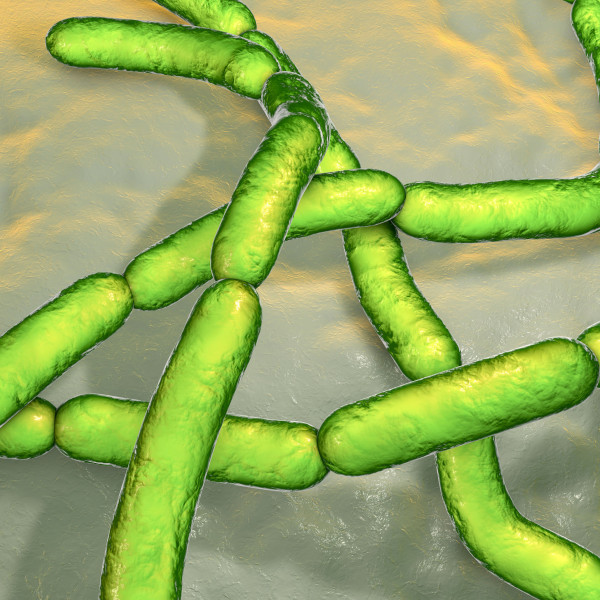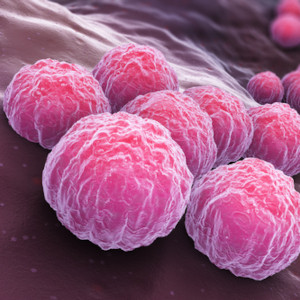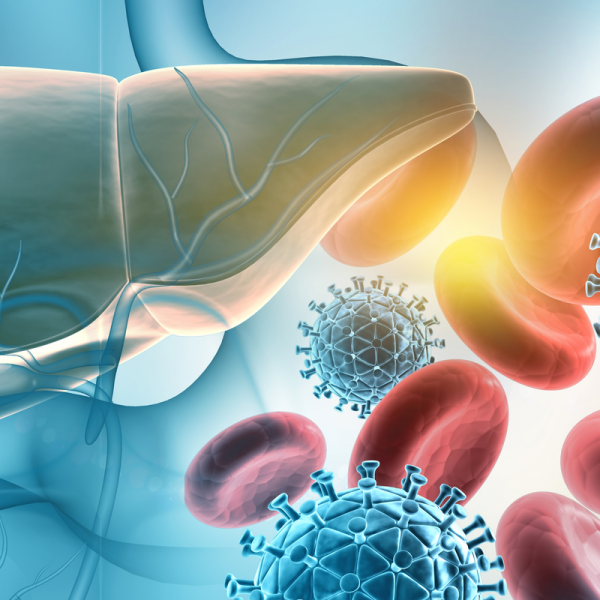- Frequency systems
- NLS systems
-
Themes
- Tumours benign (benign)
- Tumour malignant (malignant)
- Polyps
- Cysts
- Viruses
- Bacteria
- Dermatology and frequencies
- Gynaecology and frequencies
- Diseases and frequencies
- Neoplasia and frequency therapy
- Pathogens and frequency therapy
- Esotericism and frequency therapy
- Hydrogen - frequency therapy
- Topics Electrosmog
- KE herbs blog
- Frequency therapy basis
- Biozapper
- Hunter 4025 - Meta Hunter
- Frequency therapy in Austria
- Health in general
- Element theory
- Mycotherapy
- Vital field
- Allergies
- Acid-base balance
- Fungal diseases
- Book recommendations
- Complementary medicine
- Supplements
- E-Smog
- Frequencies | Diseases
- Analysis | Consulting
- Education
Pathogens and frequency therapy

Bacillus anthracis
von: Eder Herbert
April 20, 2023
Bacillus anthracis is a bacterium that causes anthrax. The bacterium belongs to the group of gram-positive bacteria and belongs to the Bacillaceae bacteria.

Bacillus anthracis - anthrax
von: Eder Herbert
April 20, 2023
Bacillus anthracis is a relatively large, immobile, rod-shaped, gram-positive, facultatively anaerobic bacterium and is responsible for the so-called anthrax.

Bartonella Hensela
von: Eder Herbert
April 20, 2023
Bartonella henselae is a bacterium that occurs in both humans and animals. Cats and dogs are the most common hosts for this bacterium.

Chlamydia trachomatis
von: Eder Herbert
April 20, 2023
Chlamydia are bacteria that can cause various clinical pictures with different symptoms.

Chondrosarcoma
von: Eder Herbert
April 20, 2023
A chondrosarcoma is a malignant bony tumour that arises from embryonic or mature cartilage tissue and develops mainly in the pelvis, hip or shoulder.

Clostridium difficile
von: Eder Herbert
April 20, 2023
Clostridium difficile is always a topic of discussion, no wonder, since Clostridium difficile is already in fifth place among the most common hospital germs.

Escherichia coli bacteria
von: Eder Herbert
April 20, 2023
Escherichia coli bacteria are found in human and animal intestines worldwide.

Escherichia coli pathogen?
von: Eder Herbert
April 20, 2023
The Escherichia coli pathogen, also known as the coliform bacterium, is one of the best-known species of bacteria belonging to the Escherichia genus.

Fungal diseases (mycoses)
von: Eder Herbert
April 20, 2023
Fungi are pathogens of infectious diseases. Depending on the type of fungus, they can infect humans, animals and also plants.

Hepatitis B Virus ( HBV)
von: Eder Herbert
April 20, 2023
Hepatitis is an infectious liver disease that is either congenital or acquired through a virus or bacterium.

Hepatitis viruses
von: Eder Herbert
April 20, 2023
Hepatitis refers to an inflammatory condition of the liver. It is often caused by a viral infection, but there are other possible causes of hepatitis.

Herpes Simplex Viruses
von: Eder Herbert
April 20, 2023
However, the virus can also penetrate the peripheral and central nervous system, cause acute and chronic nerve inflammation and destroy tissue.

Human herpesvirus 5 (HHV-5, synonym Human cytomegalovirus)
von: Eder Herbert
April 20, 2023
The herpes viruses are an extremely well-known family of viruses. Everyone is familiar with the classic cold sore, or with chickenpox, which occurs mainly in children, and its sequelae, shingles.
Lyme disease
von: Eder Herbert
April 20, 2023
Lyme disease, also called borreliosis, describes a clinical picture that is transmitted by ticks. However, human-to-human infection can be ruled out.

Mumps virus
von: Eder Herbert
April 20, 2023

Roundworms Ascariasis
von: Eder Herbert
April 20, 2023
Fruit and vegetables can be contaminated with roundworm eggs through improper fertilisation (faecal fertilisation). Infected people excrete these very resistant eggs in their stool and are therefore infectious.

Bacteria and frequency therapy
von: Eder Herbert
April 19, 2023
Bacteria are single-celled organisms without a cell nucleus that self-sufficiently produce everything they need to live. In addition, bacteria have their own metabolism and genetic make-up.

How dangerous are viruses?
von: Eder Herbert
April 19, 2023
Because of the Corona pandemic, viruses are a big issue - not just the various SARS viruses, of which Corona is one, but all sorts.

Protozones and frequency therapy
von: Eder Herbert
April 19, 2023
Protozoa is the medical term for a group of diverse unicellular organisms. Together with the unicellular fungi and algae and mushrooms, they form the subkingdom of all unicellular living organisms with a cell nucleus (protists).

Spike proteins in the cell nucleus and DNA damage detected
von: Eder Herbert
April 19, 2023
The Corona virus (SARS-CoV-2) has kept people on tenterhooks for almost two years now. The resulting pandemic has not only severely affected the global economy, but also claimed many lives.

Viruses and frequency therapy
von: Eder Herbert
April 19, 2023
Viruses are infectious agents that can cause diseases of varying severity. They spread through aerosols, droplets, during sex, through contaminated food or through smear infection.

Worms and frequency therapy
von: Eder Herbert
April 19, 2023
Worms are parasites. They settle in humans mainly in the digestive tract and can cause diseases under certain circumstances.


